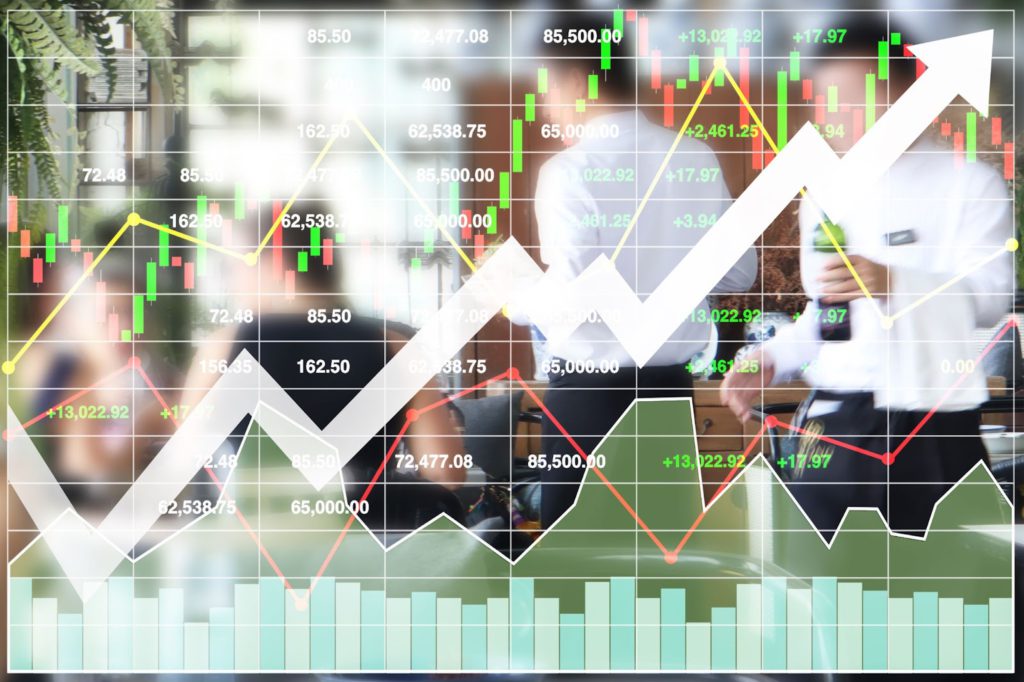Restaurant data forecasting is key to not just maintaining your restaurant, but making it profitable, as well. The restaurant industry is one of the hardest to succeed in, and you need to learn how to use the data generated by your business every day to predict financial patterns, customer behavior, and more.
However, it’s not as simple as it sounds. There’s more to it than just noticing patterns and preparing for them every day.
Here are five strategies that will help you properly execute data analysis tasks to grow your business.

1: Predict Customer Consumption to Adjust Prices
Your pricing system plays a major part in whether or not customers will consistently frequent your business. It doesn’t matter if the food is great if it’s far too expensive for your target audience to afford it.
You can use data and analytics to discover what your customers are able to afford, how that plays into your menu design, and what is likely to bring in more revenue each day. Then, adjust your prices to capitalize on that.
2: Menu Adjustments
Restaurant data forecasting gives you an in-depth look at what your customers actually want to eat. This goes a lot more in-depth than just which items are being purchased more frequently and what times they’re being purchased, too. You can discover which ingredients they’re substituting frequently, how much of certain things in a meal combo are being wasted, whether or not certain dishes are being ignored by the majority of your customers, etc.
Then, you can use that data to guide the creation of new menu items, remove underperforming menu items, and generally create a menu that boosts your future profits and performance.
3: Predicting and Preparing for Economic Trends
Data analytics can be used to identify customer reactions to economic trends, notice when those trends tend to start, and then adjust prices, menu options, or operational factors to maximize your stability throughout those trends.
For example, if you notice that the restaurant industry, specifically your niche in it, tends to have tons of business during the weeks leading up to the holidays. You can preemptively order more supplies, increase your marketing to make sure people know you’re open and ready for business, and prepare your staff for an influx of customers; letting you take advantage of the situation.
In contrast, you can also notice when it might be time to slow down and prevent wasting money during periods when customers are less likely to spend.
4: Ramp Up Marketing
Data analytics can also be used to guide your marketing efforts. Using data coming directly from your restaurant, and from other sources such as company car marketing, website advertisements, online orders, and more, you can see where your marketing campaigns are succeeding and where you’re just wasting money.
This can go a long way toward getting more customers through the door and more revenue in your pocket while minimizing marketing costs.
5: Predicting Inventory Shortcomings and Overstock
Customers behave differently during different periods and using industry data, you can predict when certain parts of your inventory should be boosted and when your current buying habits will just lead to overstock and waste.
If you’d like to start leveraging data analytics for any of these strategies, check out Fox Metrics. It makes data analytics tasks super easy.

